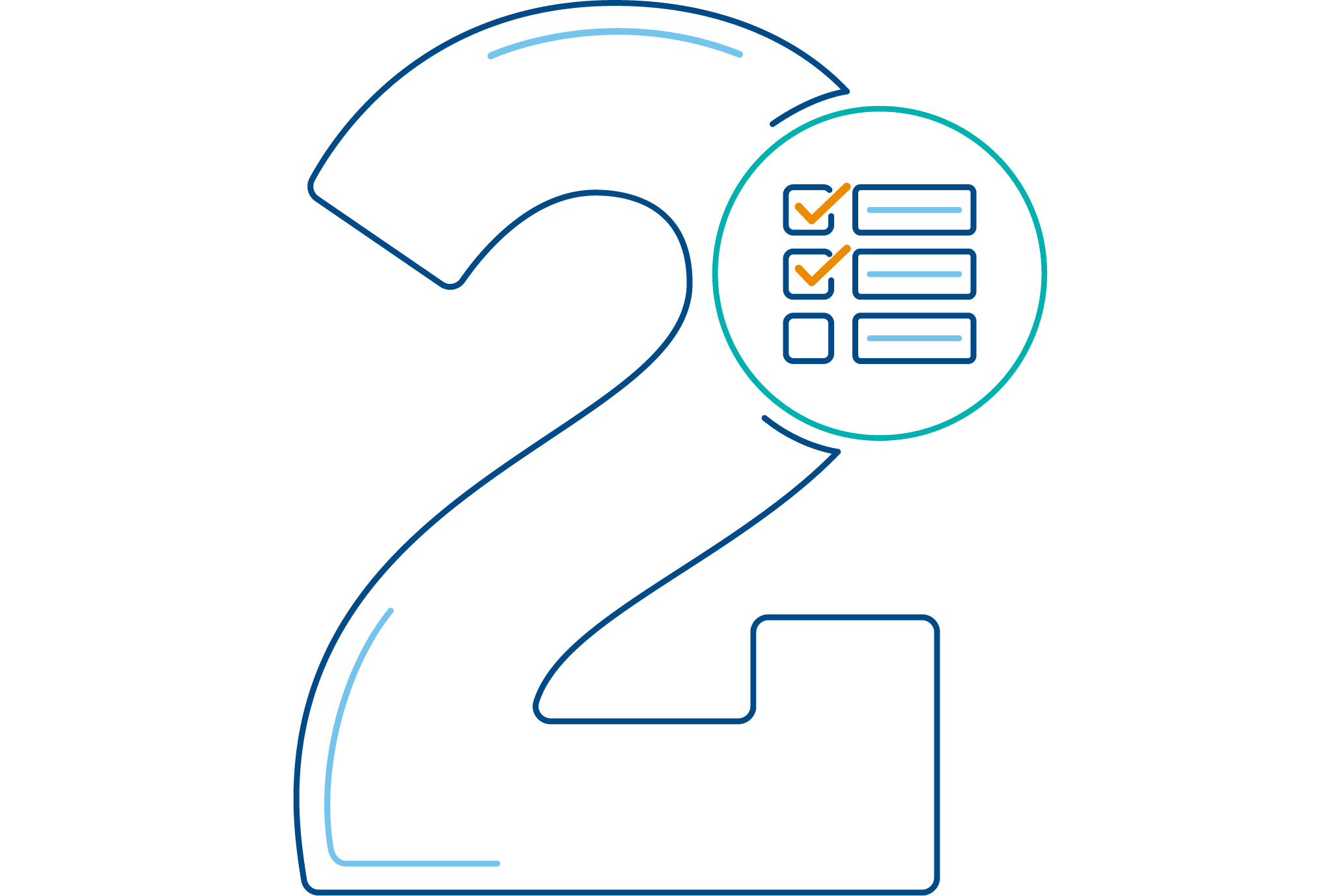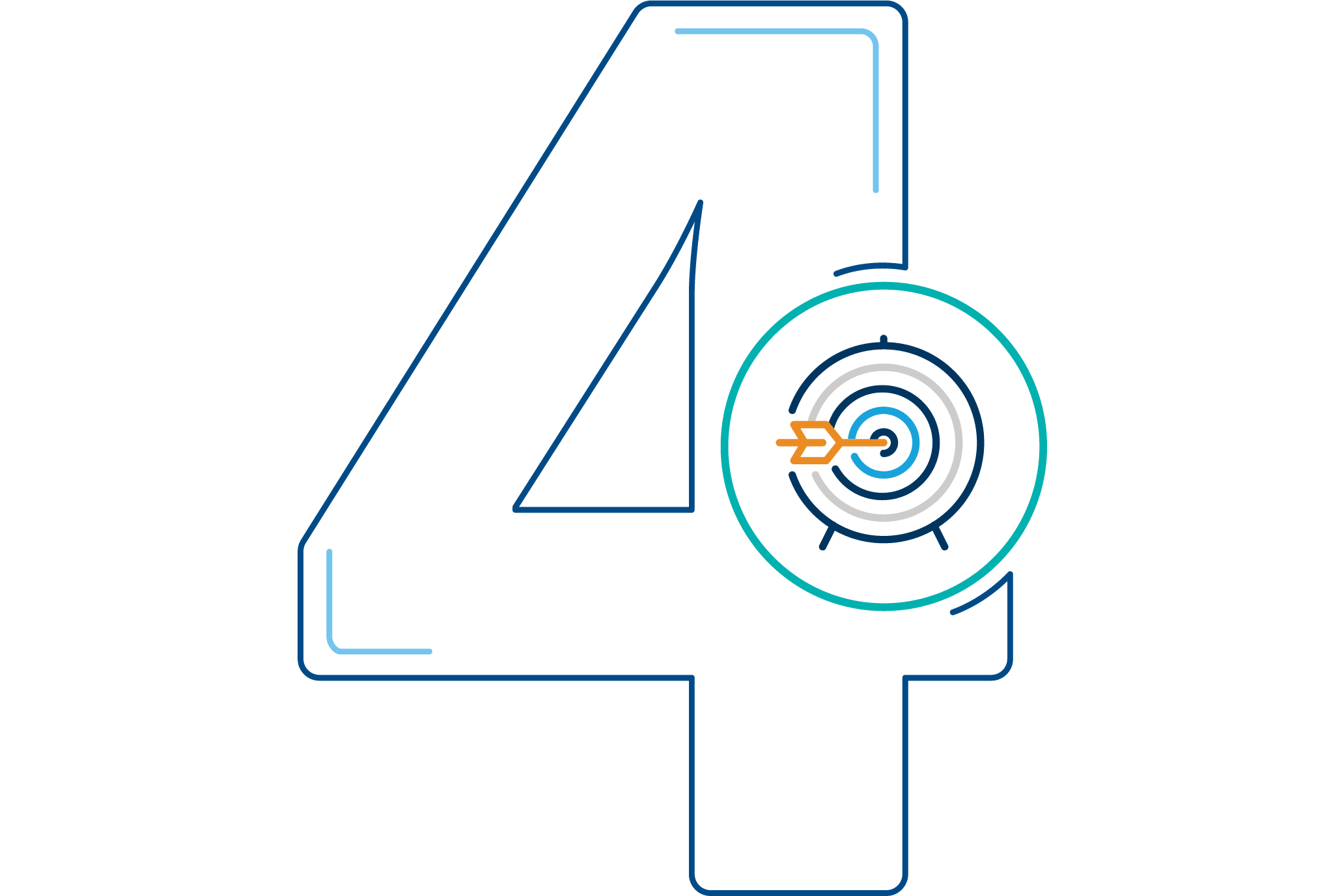Align Early Grades Instruction to the Science of Reading
Despite district leaders’ best efforts, far too many elementary students are not reaching reading proficiency by third grade. The majority of these students will never attain full proficiency in future grades, making them less likely to attend college and to find living wage jobs later in life. The good news is that scientific evidence provides a blueprint for effective reading instruction. Learn how district leaders can initiate and sustain reforms based on the science of reading to ensure that all students reach this critical academic milestone.

Develop expertise in the science of teaching reading
According to the 2019 National Assessment of Educational Progress, 65% of fourth graders are reading at or below basic levels. Research on the science of reading provides insight into how educators can effectively teach students to read by focusing on foundational skills in the early grades, yet this information is often underemphasized in teacher preparation programs and can be overlooked in many reading approaches. To combat the disconnect between this scientific evidence and current educational practice, districts must strive to turn generalist teachers into literacy experts by providing them with the knowledge that higher education often does not.
Read our narrowing the third-grade reading gap research brief to understand the neurological complexity of learning to read, build consensus around the importance of the science of reading, and cultivate advocates for evidence-based practice across the district.

Select curricula and instructional materials aligned to the science
Often, teachers simply implement the reading program their district and school leaders have adopted with the hope of improving reading outcomes. But many are unaware that these instructional materials may be misaligned to the science.
It can prove difficult to discern quality in a crowded curriculum market, and few districts have a systematic approach for identifying and selecting a high-quality, evidence-based program or curriculum. There is guidance available—resources and curriculum selection rubrics can help your district evaluate the quality of potential instructional materials.

Three resources to review and evaluate the quality of instructional materials
-
EdReports
Explore detailed, completed reviews and rubrics for selecting instructional materials in addition to commentary from the publishers.
-
The Louisiana Department of Education
See examples of specific, completed reviews and rubrics that emphasize foundational skills and include actionable next steps for educators.
-
The Regional Educational Laboratory at Florida State University (REL Southeast)
Review a standards-agnostic rubric for evaluating reading/language arts instructional materials that includes clear guidance on the review process and in-depth analysis of the foundational skills.
It’s all about teacher knowledge because there is no perfect curriculum. Teachers need to have the knowledge base, and then they can make the best use of the provided program. At the end of the day, it’s not about teaching a program but about teaching your students.
Carol Tolman, Ed.D, International Literacy Consultant
Provide tools to implement science-based reading instruction
To see significant improvements in students’ reading outcomes, teachers should understand the essential skills students must master in the early grades and the instructional approaches that support that mastery. This requires that district leaders garner support for reading reform at the school level and that they facilitate ease of implementation for their teachers and instructional coaches as they work to change their practice.
The Science of Reading Implementation Guide offers tools, templates, and resources to support teachers, as well as district and school leaders, as they implement science-based reading reform.

Aid teachers in implementing science-based instruction
-
Make the most of the reading block
Provide adequate time for foundational skills instruction and practice
-
Give teachers clear guidance on classroom practice
Degine and exemplify quality, evidence-based reading instruction
-
Expand opportunities for feedback and ongoing support
Support teacher excellence with sustained, actionable feedback
-
Encourage fidelity by prioritizing science-aligned instruction in teacher evaluations
Align evaluation criteria to districtwide reading priorities to hold teachers accountable to implementing evidence-based instructional practices
Redesign small group instruction to target student skill deficits
Nearly all classrooms—even those with the highest quality tier 1 reading instruction—will have a small group of students in need of additional time and support while learning to read. Most elementary educators use broad grouping metrics, such as reading levels, to organize students for small group instruction. These metrics tend to generalize reading skills and overlook the specific deficits that may be holding a student back.
Districts that are achieving large-scale reading success use a skills-based grouping approach instead. These districts have helped teachers redesign small groups by first identifying and then targeting the exact reading skill deficit a student is struggling most to overcome.

Mitigate summer learning loss with high-quality programming
Research shows that, on average, students lose one month of learning throughout the summer months, putting students at risk of regressing in their foundational reading skills. While this summer slide phenomenon can impact all students, this learning loss is most acute for students of low-income backgrounds and can widen already existing equity gaps.
High-quality summer programs are one way to combat summer slide, but even the best programs are often unable to yield their intended results because of a lack of student engagement or attendance throughout the program. Districts that have successfully mitigated summer learning loss have aligned their summer programs to the science of reading and have bolstered their recruitment and enrollment efforts to increase student attendance.

This resource requires EAB partnership access to view.
Access the roadmap
Learn how you can get access to this resource as well as hands-on support from our experts through District Leadership Forum.
Learn More